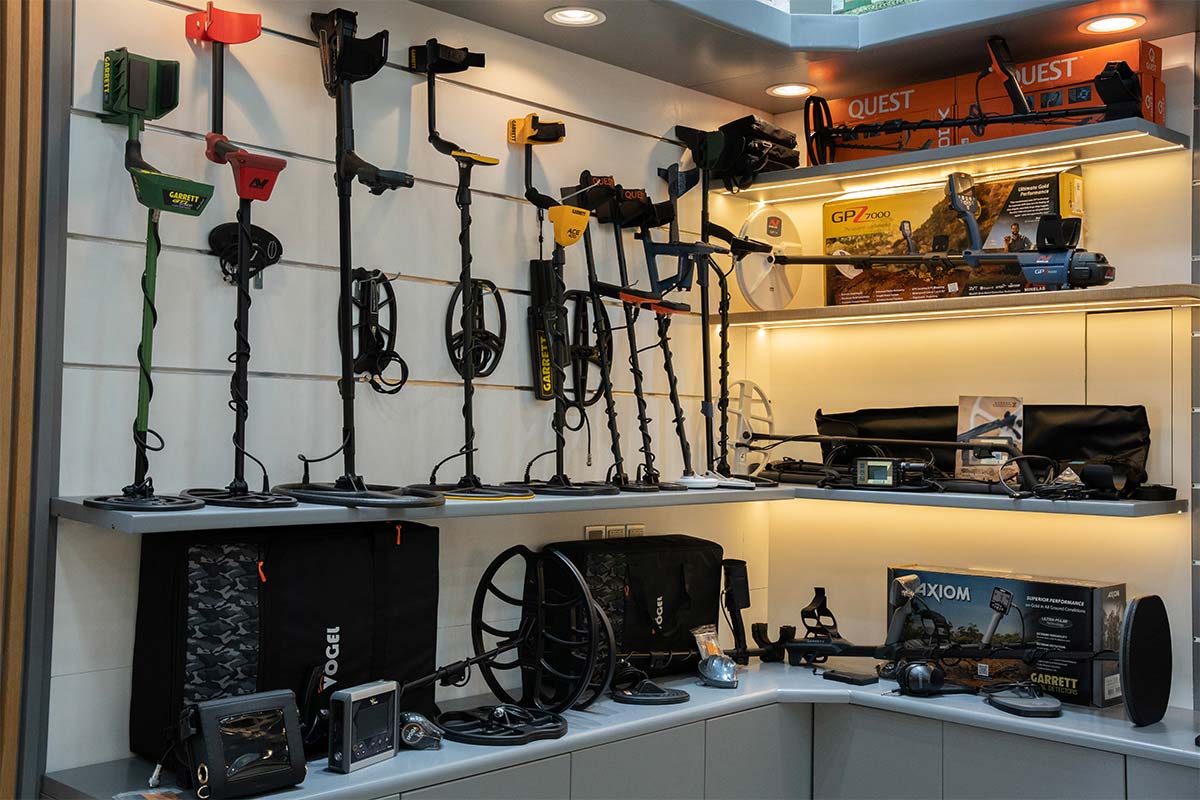
How to Use a Gold Vein Detector
Metal detectors were an exhilarating technology that fascinated my Sudanese interlocutors during my stay in their settlement (2009-10). These devices use electromagnetic induction to search the terrain; when they detect subterranean metals such as gold, they signal them audibly.
Vein extraction in Sample DC-2 performed well and corresponded with mineral mapping; however, one vein present and mapped within an alteration halos did not extract successfully.
Detecting Gold Veins
Gold vein detectors are unique metal detectors designed to locate hidden gold treasures buried deep underground. Utilizing automatic calibration technology and seven different search systems, gold vein detectors are able to successfully find all sorts of buried, raw gold treasures buried buried.
An indicator of potential gold veins can be found by looking out for any visible strands of quartz sticking out from the ground (quartz crystals usually come in white hues; but other varieties exist too). Gold often forms alongside quartz crystals; thus if such an indicator exists on its own or hanging off in a strand hanging above ground it could indicate where you should look for your vein.
Acidic mineral solutions may bleach out rocks to reveal lighter hues, providing another possible indicator for gold deposits. While there may be many more signs, the key is finding places with similar geologic conditions and rock types that have produced gold in the past; this will make finding it much simpler.
Gold Discrimination
Gold prospecting can be challenging in areas that have already been mined by old-timers. Heavy iron debris often gives off signals similar to those produced by gold objects; to isolate only faint, sharp signals that indicate its presence using discrimination settings on your detector is key here.
Modern metal detectors typically feature a ground balancing feature to mitigate mineralization effects, with many also offering different discrimination settings to adjust. Gold detectors offer additional benefits like their "Smart Depth System," which enables precise estimation of target depth underground; this can save both time and effort when in areas where high-grade gold specimens exist - though taking time to learn your particular detector's features كاشف ذهب in order to use this effectively is essential.
Getting Started
Beginners to Gold Vein Detecting can find it daunting at first, but you have plenty of opportunities and places to find gold! Research the areas in which you want to hunt by gathering historical information such as maps, newspapers and government mines records from that location to help pinpoint potential hotspots. Also speaking with local elders could كاشف الذهب والمعادن offer valuable جهاز كشف الذهب الدفع عند الاستلام insights.
Asking about an area's history can help you focus your efforts and maximize the time you have there. Joining a club that shares similar interests may help meet new people while learning tips from them as well.
Getting the Most Out of Your Detector
Discovering your detector's different alerts is essential to quickly recognizing good targets. To do this, place a penny and gold ring on the ground, swing your detector over them, and listen carefully for different sounds as your swing. When this occurs, practice tuning your settings until you can accurately differentiate between each signal.
One effective strategy to maximize the potential of your metal detector is to meticulously explore كاشف ذهب any site you are prospecting for metals. Many users employ grid patterns when hunting sites; this can ensure you are covering every inch of territory.
Don't dismiss any location as being "hunted out." Even if gold nuggets have been discovered there, years of natural erosion could have revealed additional high-grade areas. Also, many people have found large hoards of small pieces while searching for gold in areas that old-timers used to جهاز كشف الذهب الدفع عند الاستلام dry-wash.